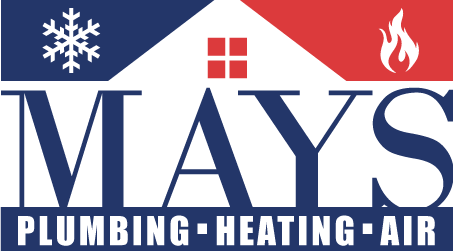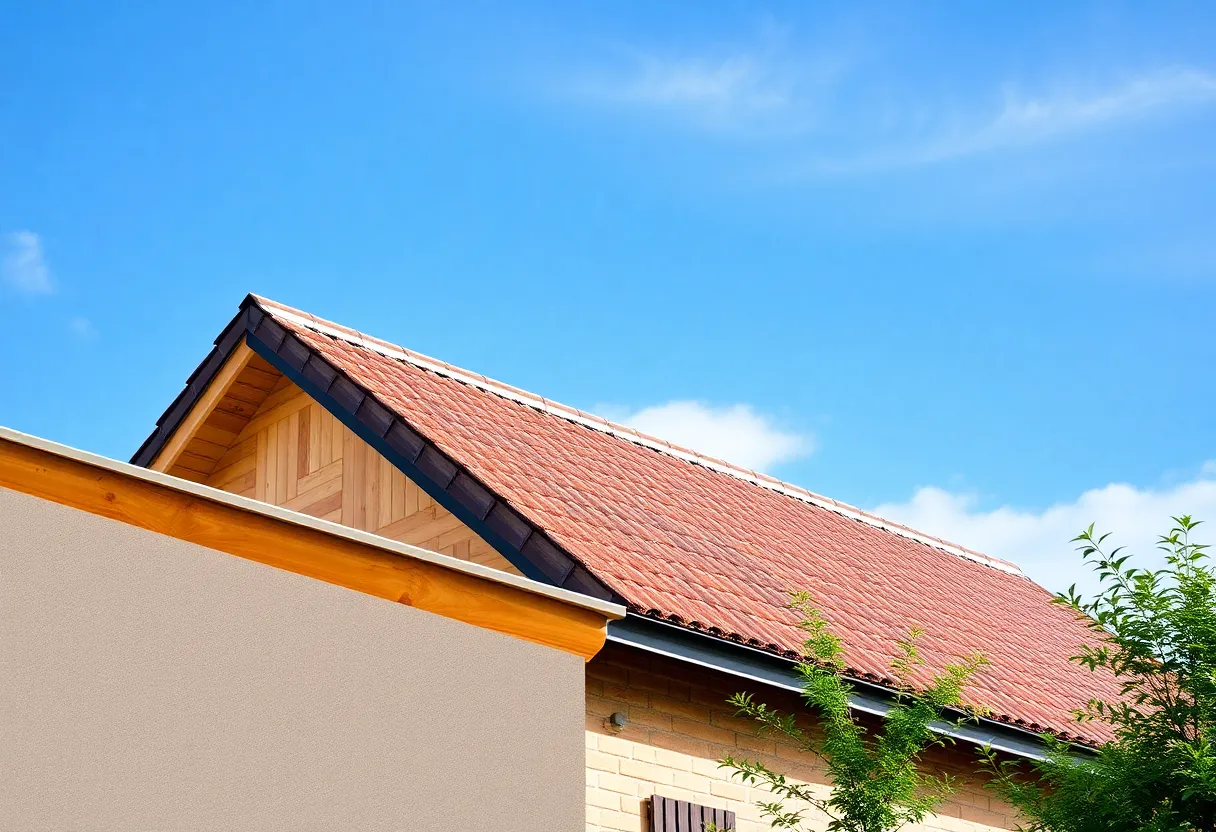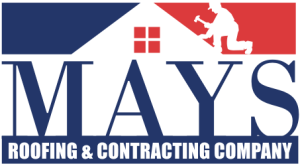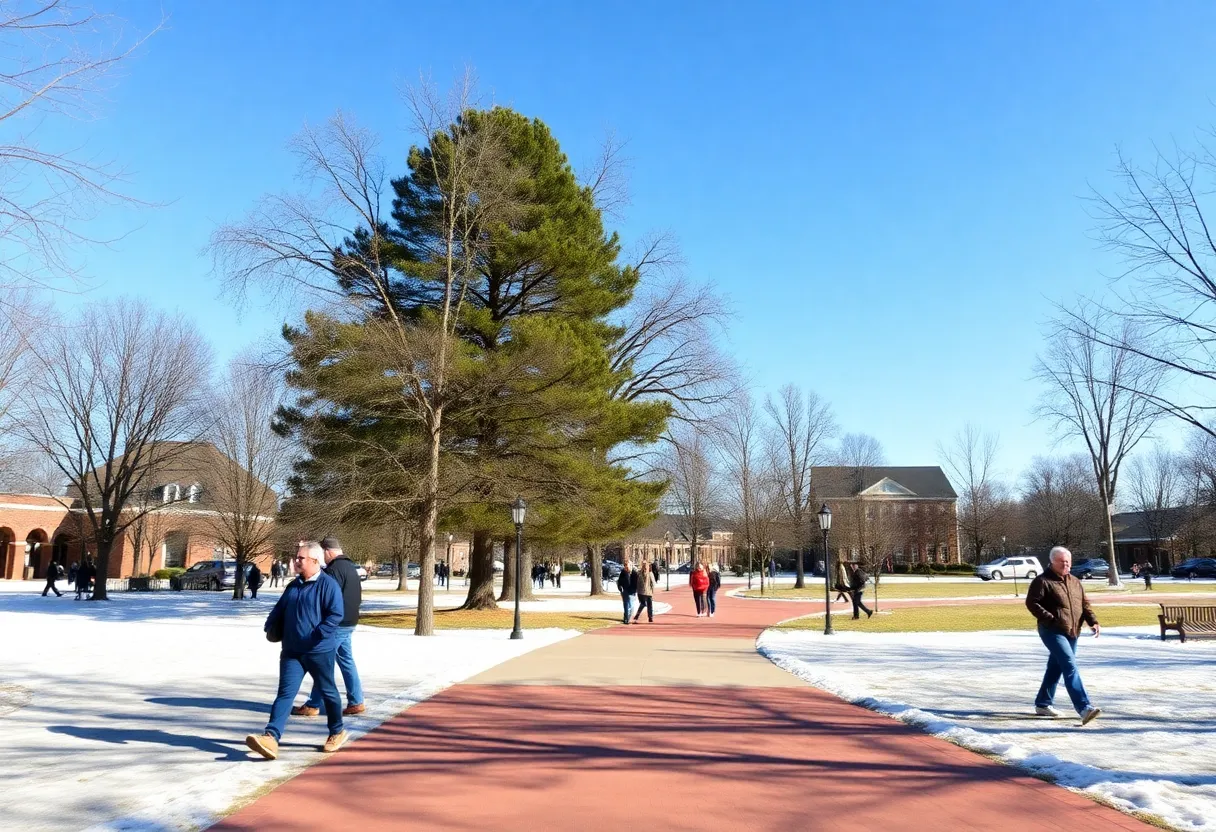How to Maximize Your Roof’s Energy Efficiency with the Right Insulation Choices
Proper insulation plays a pivotal role in enhancing your roof’s energy efficiency. With the right choices, homeowners can significantly reduce energy costs while also contributing to environmental sustainability. This article outlines the key factors to consider in selecting the best insulation for your roof.
Understanding Roof Insulation
Roof insulation serves several primary functions. It minimizes heat transfer between the interior of a building and the outside environment, thereby maintaining a consistent indoor temperature. The benefits of proper insulation include:
- Reduced energy costs
- Enhanced comfort
- Improved property value
- Environmental benefits through reduced carbon footprint
Types of Roof Insulation
Fiberglass Insulation
Fiberglass insulation is one of the most popular choices due to its affordability and effective thermal resistance (R-value). This material is available in batts, rolls, and loose-fill forms, making it versatile for different roof applications. Key attributes include:
- Non-combustible
- Resistant to moisture if properly installed
- Good soundproofing capabilities
Foam Board Insulation
Foam board insulation provides a high R-value per inch and is highly effective for flat roofs or areas with limited space. It’s an excellent choice for new constructions where space constraints exist. Its advantages are:
- Rigid and durable
- Moisture resistant
- Energy-efficient when installed properly
Spray Foam Insulation
Spray foam insulation is another effective option, particularly for its superior air-sealing properties. Once applied, it expands to fill gaps and cracks. The benefits of this insulation type include:
- High R-value per inch
- Excellent air barrier
- Resistant to mold and moisture
Cellulose Insulation
Cellulose insulation, made from recycled paper, is an eco-friendly choice that provides excellent thermal performance. It is primarily used in attics and wall cavities. Advantages include:
- Sustainable and made from recycled materials
- Good soundproofing
- Effective at reducing air leakage when dense packed
Evaluating Your Roofing System
Before making insulation decisions, evaluate your existing roofing system’s characteristics, including:
- Roof type: Flat, pitched, or green roofs may require different insulation strategies.
- Climate zone: Understanding your local climate influences the effectiveness of certain insulation types.
- Building height: Multi-story homes may have specific ventilation and insulation needs.
Calculating R-Value
The R-value is a measure of thermal resistance, crucial in selecting insulation. Higher R-values indicate better insulation performance. Local building codes may provide minimum R-value requirements based on regional climatic conditions. Aim for:
- R-30 to R-49 for attics
- R-19 to R-30 for walls
- R-20 to R-40 for floors over unconditioned spaces
Importance of Air Sealing
Even the best insulation can underperform if air leaks are present. Air sealing is essential for maximizing energy efficiency. Sealing gaps, cracks, and penetrations with caulking or spray foam can:
- Prevent heat loss
- Reduce drafts
- Enhance overall insulation performance
Ventilation Considerations
Effective ventilation works in tandem with insulation for optimal energy efficiency. Proper airflow helps regulate temperature and moisture levels. Observe these ventilation principles:
- Intake and exhaust vents must be balanced.
- Roof vents should allow for unobstructed airflow.
- Moisture control is critical in preventing mold growth.
Installation Techniques
The effectiveness of insulation is heavily influenced by proper installation techniques. Mistakes can lead to thermal bridging, air leaks, and moisture accumulation. To maximize your roof’s energy efficiency, consider the following:
- Follow manufacturer guidelines and local building codes.
- Ensure insulation fits snugly without gaps or compressing.
- Utilize professional installation if unsure about DIY methods.
Choosing Eco-Friendly Options
Opting for environmentally friendly insulation materials can have long-lasting benefits. Select options such as:
- Recycled cotton: Made from denim scraps and has a low environmental impact.
- Sheep wool: A natural insulator that is renewable and highly effective.
- Sustainable cellulose: Sourced from recycled materials and treated for pest resistance.
Seasonal Maintenance
After installation, regular maintenance helps sustain your roof’s energy efficiency. Inspect for signs of damage or wear, including:
- Moisture damage
- Pest infestations
- Signs of roof sagging
Energy Efficiency Incentives
Many regions offer incentives for energy-efficient upgrades. Research local programs that promote roof insulation improvements, which may include:
- Tax credits
- Rebates
- Low-interest loans
Take full advantage of these opportunities to lower your overall costs.
Conclusion
Maximizing your roof’s energy efficiency through effective insulation choices is crucial for reducing energy costs and ensuring comfort. Evaluate your home’s unique characteristics, select appropriate insulation materials, enhance air sealing and ventilation, and commit to routine maintenance for long-term efficiency. By understanding these factors, homeowners can make informed decisions that lead to a more energy-efficient home.
Author: HERE Greenwood
The GREENWOOD STAFF WRITER represents the experienced team at HEREGreenwood.com, your go-to source for actionable local news and information in Greenwood, Greenwood County, and beyond. Specializing in "news you can use," we cover essential topics like product reviews for personal and business needs, local business directories, politics, real estate trends, neighborhood insights, and state news affecting the area—with deep expertise drawn from years of dedicated reporting and strong community input, including local press releases and business updates. We deliver top reporting on high-value events such as the Festival of Flowers, Greenwood Community Theatre performances, and agricultural showcases at the Greenwood County Fairgrounds. Our coverage extends to key organizations like the Greenwood Chamber of Commerce and the Greater Greenwood United Ministry, plus leading businesses in manufacturing and healthcare that power the local economy such as FujiFilm Manufacturing and Self Regional Healthcare. As part of the broader HERE network, including HERECharleston.com, HEREColumbia.com, HEREGreenville.com, and HEREHiltonHead.com, we provide comprehensive, credible insights into South Carolina's dynamic landscape.




 Mays Contracting
Mays Contracting

